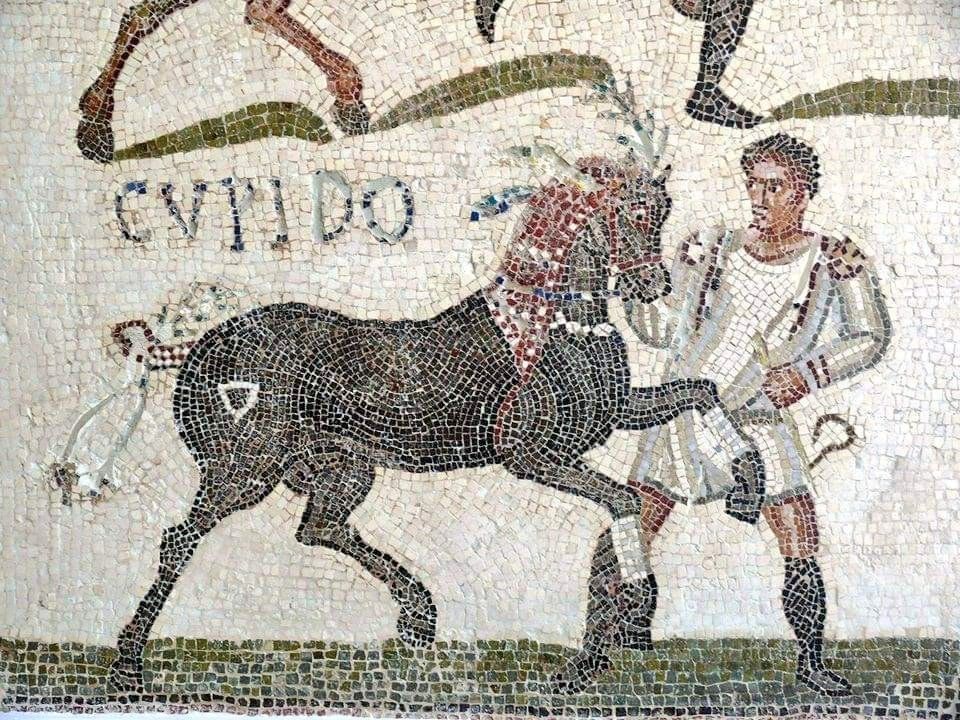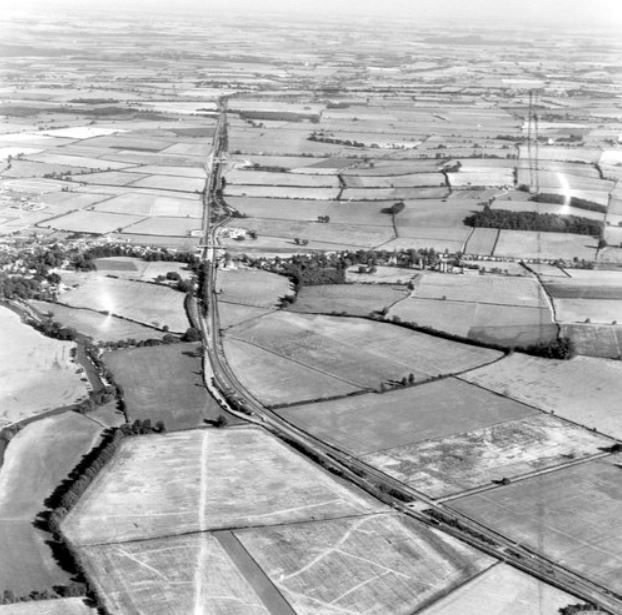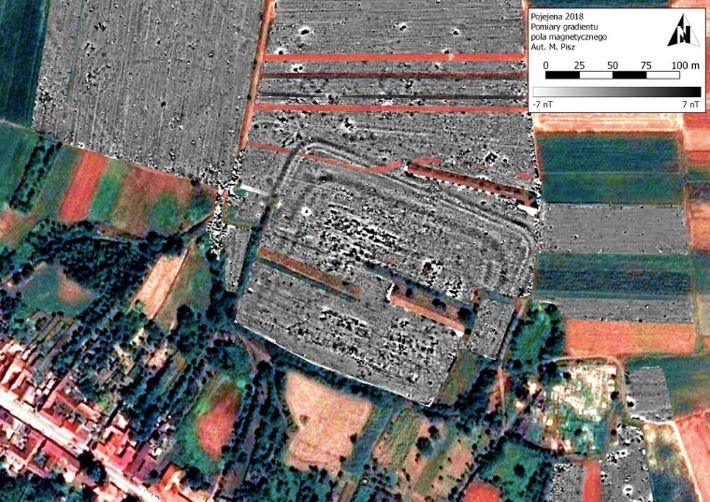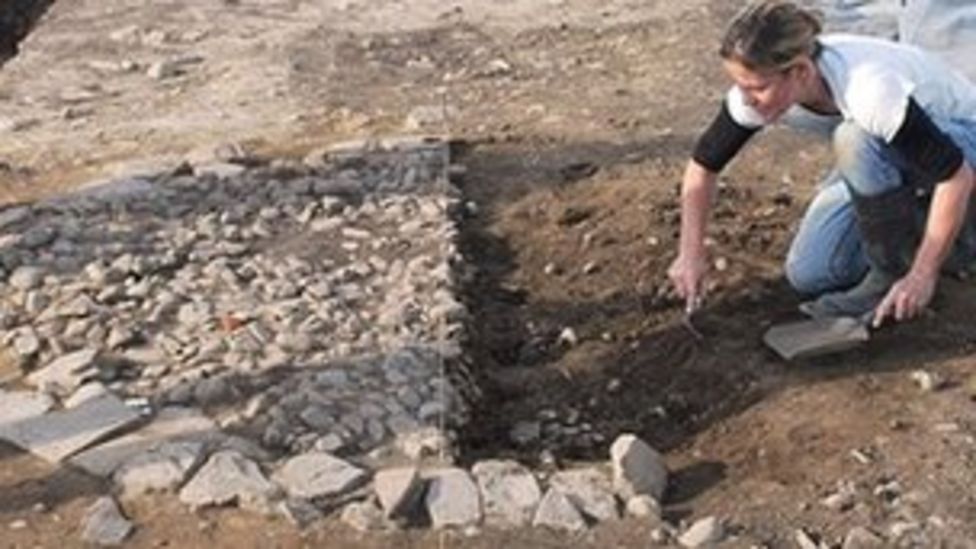
Floor mosaic with 4 #horses. The horses are identified by name and represent the 4 factions, each indicated by a color: Pupillo the blue faction, Cupid the white, Amatore the green and Aura the red.
📸Archaeological Museum of Sousse, #Tunisia ##Roman #History




Floor mosaic with 4 #horses. The horses are identified by name and represent the 4 factions, each indicated by a color: Pupillo the blue faction, Cupid the white, Amatore the green and Aura the red.
📸Archaeological Museum of Sousse, #Tunisia ##Roman #History

Filmed Tuesday morning, at fabulous @vindolandatrust.bsky.social before the snow!
#RomanFortThursday
Filmed Tuesday morning, at fabulous @vindolandatrust.bsky.social before the snow!
#RomanFortThursday
Grosvenor Museum, Chester. 📷 by me
grosvenormuseum.westcheshiremuseums.co.uk/collections/...

Grosvenor Museum, Chester. 📷 by me
grosvenormuseum.westcheshiremuseums.co.uk/collections/...
Originally mounted on a pole, with a long fabric tube attached to the back of the head. When charging on horseback, the wind inflated the tube and the dragon shrieked!
Niederbieber fort. Landesmuseum Koblenz. 📷 me
#RomanFortThursday
#Archaeology

Originally mounted on a pole, with a long fabric tube attached to the back of the head. When charging on horseback, the wind inflated the tube and the dragon shrieked!
Niederbieber fort. Landesmuseum Koblenz. 📷 me
#RomanFortThursday
#Archaeology
#RomanSiteSaturday #AncientRome #Archaeology



#RomanSiteSaturday #AncientRome #Archaeology


#RomanFortThursday #Archaeology
My 📸




#RomanFortThursday #Archaeology
My 📸




www.english-heritage.org.uk/visit/places...

www.english-heritage.org.uk/visit/places...


A gorgeous #Roman flask in the form of a shell, mold-blown from dark blue glass. It was used to hold perfume. Dating 1st century AD.
On display at British Museum.
📷 me
🏺 #archaeology

A gorgeous #Roman flask in the form of a shell, mold-blown from dark blue glass. It was used to hold perfume. Dating 1st century AD.
On display at British Museum.
📷 me
🏺 #archaeology

Although very preliminary, what I've found does not make for happy reading...
#Archaeology 🏺 #Detecting #Treasure
bigbookoftorcs.com/2025/11/04/l...

Although very preliminary, what I've found does not make for happy reading...
#Archaeology 🏺 #Detecting #Treasure
bigbookoftorcs.com/2025/11/04/l...
This is a votive relief to Hecate and the inscription warns against defacement of the place where the relief was located. Presumably the relief was originally located in a sanctuary to the goddess.

This is a votive relief to Hecate and the inscription warns against defacement of the place where the relief was located. Presumably the relief was originally located in a sanctuary to the goddess.
Beautifully captured in watercolour by the great archaeologist, Tessa Verney Wheeler in 1929 🤩
Original painting held by @antiquaries.bsky.social
#MosaicMonday

Beautifully captured in watercolour by the great archaeologist, Tessa Verney Wheeler in 1929 🤩
Original painting held by @antiquaries.bsky.social
#MosaicMonday




Forden Gaer, probably the Lavobrinta of the Ravenna Cosmography, lies on the line of the road which connected Caersws and Wroxeter (Viroconium). The fort occupies a slight rise above the east bank of the River Severn.
#Archaeology #History #Roman #Military

Forden Gaer, probably the Lavobrinta of the Ravenna Cosmography, lies on the line of the road which connected Caersws and Wroxeter (Viroconium). The fort occupies a slight rise above the east bank of the River Severn.
#Archaeology #History #Roman #Military



